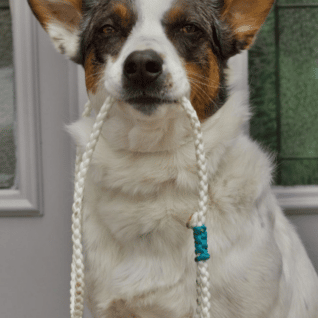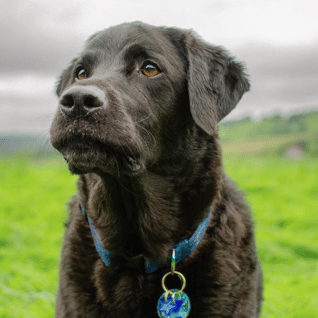The pet product market is a growing industry. Thanks to new research on the health benefits of having a pet, and the fact that the United States is seeing a huge rise in pet ownership, the pet product business is booming. As businesses strive to cash in on this trend, the number & variety of products in the market is pretty intimidating. Whilst many of us are likely to choose a dog collar based on appearance, it’s important to keep in mind the purpose of a dog collar
When fitting the collar, you should check that you can easily slide two fingers between the collar and your dog’s neck. Be sure that the collar also cannot slip over your dog’s ears & head (or else you might be chasing them after they slip out of their collar on a walk). Collar width is also an important consideration as, in general, wider collars provide a more comfortable fit for your dog and disperse pressure more evenly across the throat. Of course, there are exceptions. Small dogs may find a wide collar too heavy to be comfortable and dogs with short necks may end up with chafing. All collars have the potential to cause injury when a dog pulls on a leash. So please read the information below meticulously.
A dog collar keeps your best friend safe. For those who are unsure how the differences between size, shape, style, material or type may impact safety, the information below may assist you in finding the best collar for your furry friend:










Conversation